∫⁄∂¥…Á«¯s in peril include Nottingham pumping house, unique Tintagel meeting house and experimental concrete homes in Essex
Historic England has updated its Heritage at Risk Register to add 175 buildings, sites and other structures in danger of being lost to the nation.
New entries for the 2022 list include Papplewick Pumping Station in Nottingham, King Arthur’s Great Halls in Tintagel, experimental concrete homes for agricultural workers in Essex, the Birmingham & Midland Institute and the Old Mint House in East Sussex.
Of the new additions, 65 buildings are places of worship, 52 are other buildings and structures, 48 are archaeology sites, nine are conservation areas and one is a park.
While the future faced by those structures and sites is precarious by definition, Historic England has revealed that 233 sites have been removed from the list since last year’s update – meaning the total number of entries on the register is 4,919 – a net decrease of 66 over the past 12 months.
Historic England chief executive Duncan Wilson said it was “central” to the government heritage adviser’s mission to pass the nation’s rich legacy of buildings and places on to future generations.
“Our Heritage at Risk programme is a key contributor to this ambition. With the help of local communities and partners, imaginative thinking and business planning, we can bring historic places back to life,” he said.
Wilson added that protecting and preserving the nation’s built heritage also had a significant role to play in combatting global warming.
“As the threat of climate change grows, the reuse and sensitive upgrading of historic buildings and places becomes ever more important,” he said.
“Finding new uses for buildings and sites rescued from the register avoids the high carbon emissions associated with demolishing structures and building new.”
Victorian Papplewick Pumping Station in Nottingham is the only waterworks of its kind in England to still have all of its original features. Its grade II*-listed steam-powered Engine House has ornate interiors that are an homage to the life-giving properties of water and include images of fish and water lilies decorating tiles and stained-glass windows. However the building is suffering from age-related deterioration and is in need of repair.
King Arthur’s Great Halls in Tintagel, Cornwall, were built between 1927 and 1931 and are also grade II*-listed. The fabric of the halls features an extensive range of local stone throughout the building, which Historic England said was a unique characteristic in Cornwall.
Designed as the headquarters for the Fellowship of the Knights of the Round Table, the building features 73 Arts and Crafts stained-glass windows by artist Veronica Whall and a series of 10 specially commissioned oil paintings by William Hatherell. The structure is at risk because of water ingress.
Woodfield Cottages, at Maldon, in Essex, were built in 1873 by the industrialist EH Bentall as homes for employees of his Agricultural Works. The 41 cottages, which are grade II-listed, are a pioneering example of mass concrete construction. Until 1918 all of them had flat roofs and they were known as “Flat Tops”.
Some of the buildings in the three terraces are now in a poor state of repair and Historic England is exploring the potential for a conservation area partnership agreement with Maldon District Council that would provide grants to help cottage owners pay for “historically sensitive” repair and restoration work.
Grade II*-listed Birmingham & Midland Institute played a major role in the city’s cultural life for decades, but the red-brick building with Renaissance-type decoration in places has fallen into disrepair. Leaks from the roof have damaged plasterwork and its single-glazed rooflights are in poor condition. Other parts of the building also need upgrading.
The 16th century Old Mint House stands opposite Pevensey Castle in East Sussex and has served as an imposing home as well as a brewhouse and an antique shop. There is no evidence it was ever used for minting coins, according to Historic England.
Listed at grade II*, the building is noted for the high quality of its surviving timberwork, and for previously having a large detached kitchen – now connected to the main structure. However, water penetration is causing the timber frame to rot, and structural movement has caused more damage.
Among the buildings and other structures removed from the Heritage at Risk Register for 2022 are two sections of Hadrian’s Wall – Steel Rigg in Northumberland and Port Carlisle in Cumbria; the Church of Saints Peter, Paul and St Philomena at New Brighton on the Wirral; and Wisbech & Fenland Museum in Cambridgeshire.























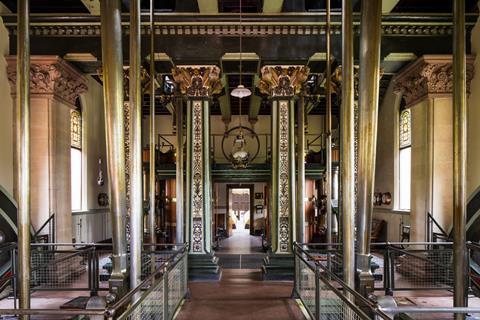
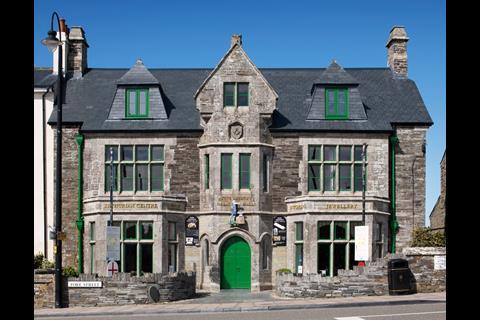


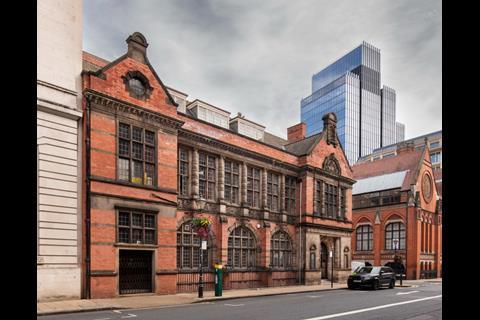
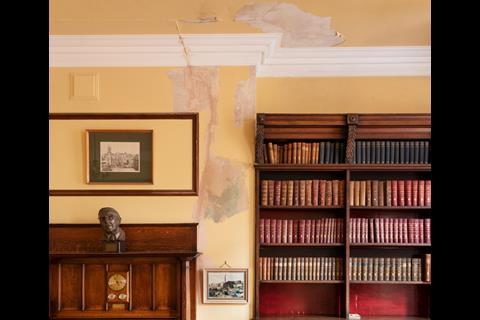

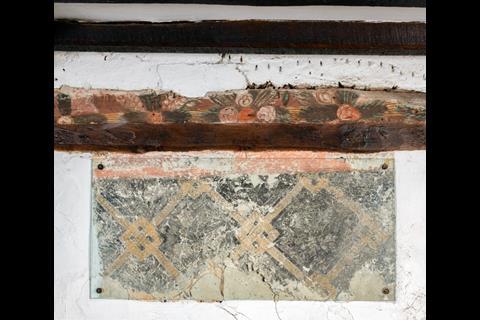



No comments yet